Latest NRAO News
News is managed by NRAO News & Public Information. Questions about News? Have a story to share? Want to interview a scientist or create new media about our telescopes?
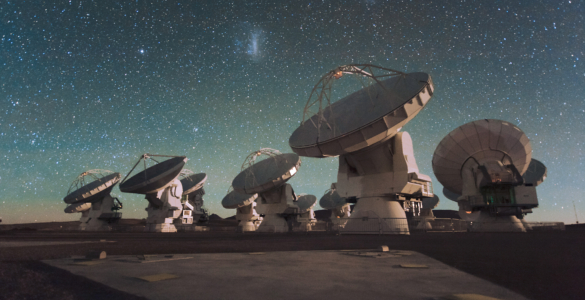
The National Science Foundation’s National Radio Astronomy Observatory (NRAO) and the National Astronomical Observatory of Japan (NAOJ) are joining…
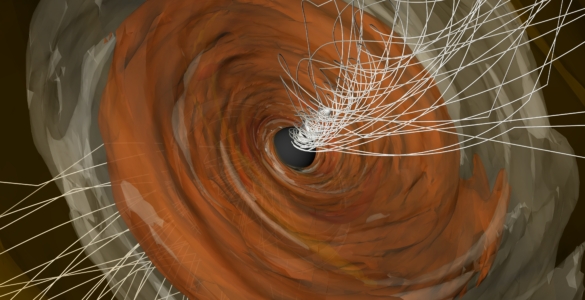
The Event Horizon Telescope (EHT) collaboration has published new results that describe for the first time how light from the edge of the supermassive black hole M87* spirals as it escapes the black hole’s intense gravity, a signature known as circular polarization.
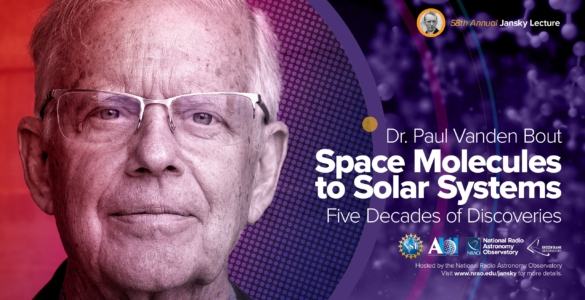
Associated Universities, Inc. (AUI) and the National Radio Astronomy Observatory (NRAO) have awarded the 2023 Karl G. Jansky Lectureship to Dr. Paul A. Vanden Bout, Senior Scientist, Emeritus at NRAO. The Jansky Lectureship is an honor established by the trustees of AUI to recognize outstanding contributions to the advancement of radio astronomy.
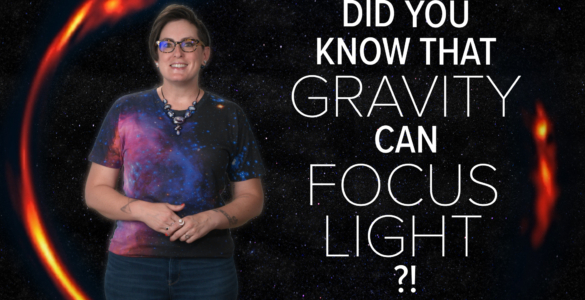
Gravity can focus light like a lens, allowing astronomers to see distant galaxies and explore dark matter. Join our host Summer Ash of the National Radio Astronomy Observatory as she talks about how astronomers use gravitational lensing to study the universe.
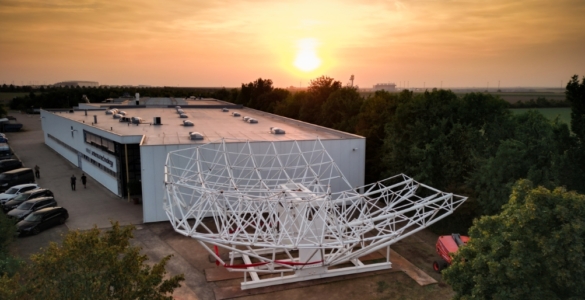
Usually it’s Octoberfest that draws a crowd to Germany this time of year. For hundreds of folks gathered at…
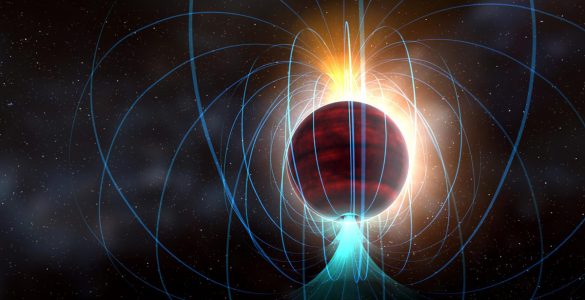
Many objects in the Universe have magnetic fields. Planets such as Earth and Jupiter, the Sun and other stars,…





